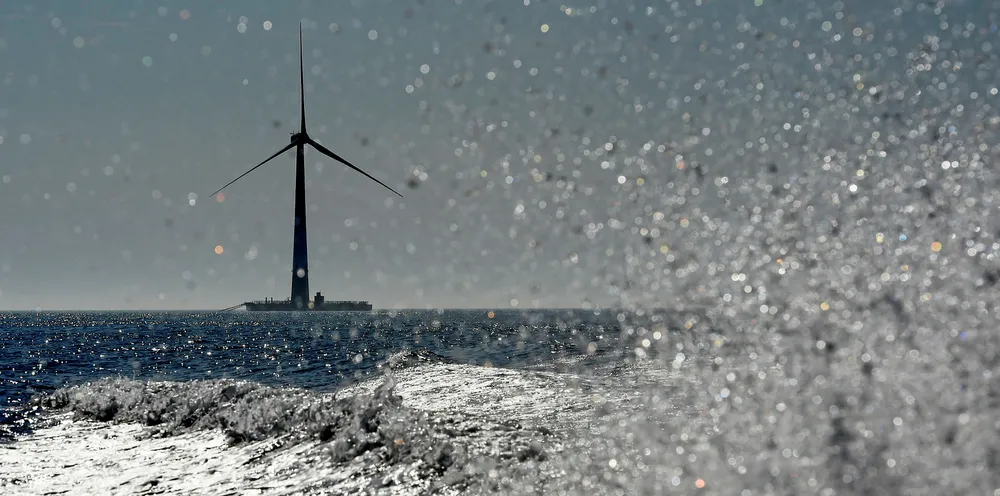FloatGen floating wind pilot hits new heights in French Atlantic
Pioneering unit churns out almost 1GWh in February at capacity factor outstripping conventional bottom-fixed offshore wind turbines

Pioneering unit churns out almost 1GWh in February at capacity factor outstripping conventional bottom-fixed offshore wind turbines
